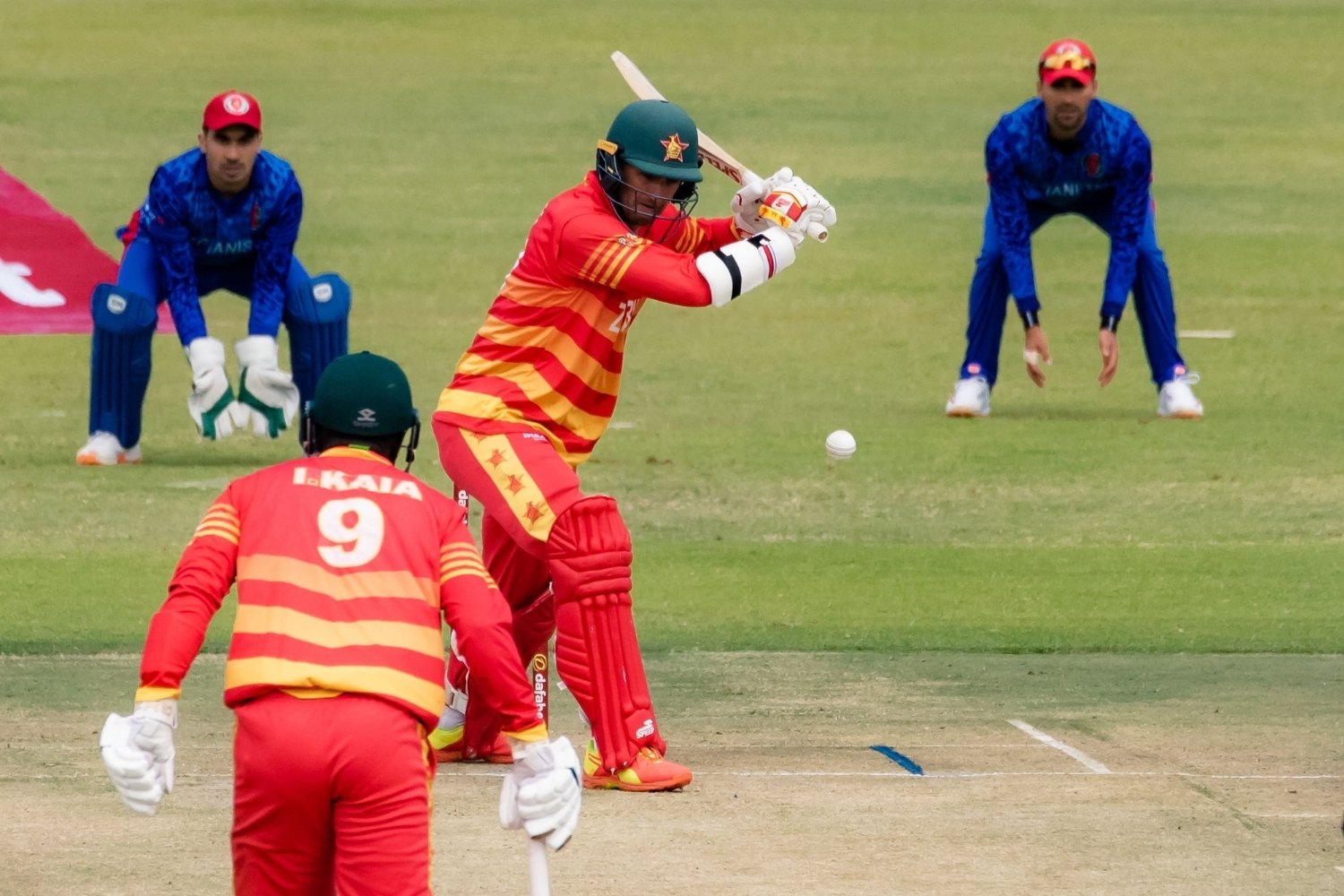
Ever wondered how Zimbabwe stacks up against Afghanistan? Both countries have rich histories, unique cultures, and diverse landscapes. Zimbabwe, located in southern Africa, is known for its stunning Victoria Falls and ancient ruins of Great Zimbabwe. Afghanistan, in South Asia, boasts rugged mountains and historic cities like Kabul and Herat. But what about their economies, languages, and wildlife? Zimbabwe's economy relies heavily on agriculture and mining, while Afghanistan's is driven by agriculture and textiles. Shona and Ndebele are widely spoken in Zimbabwe, whereas Dari and Pashto dominate in Afghanistan. Curious about wildlife? Zimbabwe is home to elephants and lions, while Afghanistan has snow leopards and Marco Polo sheep. Let's dive into 25 fascinating facts that highlight the contrasts and similarities between these two intriguing nations.
Geography and Landscape
Zimbabwe and Afghanistan, though miles apart, share unique geographical features that shape their identities.
- Zimbabwe is a landlocked country in Southern Africa, bordered by Zambia, Mozambique, South Africa, and Botswana.
- Afghanistan, also landlocked, lies in South Asia and Central Asia, bordered by Pakistan, Iran, Turkmenistan, Uzbekistan, Tajikistan, and China.
- Zimbabwe's landscape is dominated by the Zambezi and Limpopo rivers, with Victoria Falls being one of the most famous natural wonders.
- Afghanistan's terrain is rugged and mountainous, with the Hindu Kush range running through the center, making it a challenging landscape for travel.
- Zimbabwe has a tropical climate with a distinct wet and dry season, while Afghanistan experiences a continental climate with hot summers and cold winters.
History and Culture
Both nations have rich histories and diverse cultures that reflect their unique paths.
- Zimbabwe was once the site of the powerful Kingdom of Great Zimbabwe, known for its impressive stone ruins.
- Afghanistan has been a crossroads of civilizations, influenced by Persian, Greek, and Indian cultures throughout its history.
- Zimbabwe gained independence from British colonial rule in 1980, with Robert Mugabe becoming its first Prime Minister.
- Afghanistan has faced numerous invasions and conflicts, from Alexander the Great to the Soviet invasion in 1979, and more recently, the US-led intervention.
- Traditional music in Zimbabwe often features the mbira, a thumb piano, while Afghanistan's music includes instruments like the rubab and tabla.
Economy and Resources
The economic landscapes of Zimbabwe and Afghanistan are shaped by their natural resources and industries.
- Zimbabwe's economy heavily relies on agriculture, with tobacco, maize, and cotton being major crops.
- Afghanistan's economy is also agriculture-based, with opium poppy cultivation being a significant, though controversial, part of it.
- Zimbabwe is rich in mineral resources, including gold, diamonds, and platinum.
- Afghanistan has vast mineral wealth, including lithium, copper, and rare earth elements, though much remains untapped due to ongoing conflict.
- Both countries face economic challenges, including high unemployment rates and reliance on foreign aid.
Wildlife and Natural Beauty
The natural beauty and wildlife of Zimbabwe and Afghanistan offer unique experiences for nature enthusiasts.
- Zimbabwe is home to diverse wildlife, including the Big Five: lions, elephants, buffalo, leopards, and rhinos.
- Afghanistan's wildlife includes snow leopards, Marco Polo sheep, and the endangered Siberian crane.
- Hwange National Park in Zimbabwe is one of Africa's largest game reserves, known for its elephant population.
- Afghanistan's Band-e Amir National Park, with its stunning blue lakes, is a UNESCO World Heritage site.
- Zimbabwe's Matobo Hills are famous for their balancing rock formations and ancient rock art.
Languages and Education
Languages and education systems in Zimbabwe and Afghanistan reflect their cultural diversity and historical influences.
- Zimbabwe has 16 official languages, with Shona and Ndebele being the most widely spoken.
- Afghanistan's official languages are Dari and Pashto, with numerous regional languages also spoken.
- Zimbabwe boasts a high literacy rate, with education being a priority since independence.
- Afghanistan's education system has faced challenges due to ongoing conflict, but efforts continue to improve access to schooling, especially for girls.
- Both countries value education as a means to improve future prospects, despite the hurdles they face.
Final Thoughts on Zimbabwe vs. Afghanistan
Zimbabwe and Afghanistan, though worlds apart, share fascinating histories and unique cultures. Zimbabwe boasts the majestic Victoria Falls and ancient ruins of Great Zimbabwe, while Afghanistan offers the stunning landscapes of the Hindu Kush and the rich heritage of the Silk Road. Both nations have faced significant challenges, from colonial rule to ongoing conflicts, yet their resilience shines through.
Zimbabwe's diverse wildlife and vibrant arts scene contrast with Afghanistan's intricate carpets and flavorful cuisine. Both countries have made strides in education and women's rights, though there's still much progress to be made.
Understanding these nations' complexities helps appreciate their contributions to global culture. Whether it's Zimbabwe's natural wonders or Afghanistan's historical treasures, both countries offer rich experiences and lessons in perseverance. So, next time you think of these places, remember their unique stories and the strength of their people.
Was this page helpful?
Our commitment to delivering trustworthy and engaging content is at the heart of what we do. Each fact on our site is contributed by real users like you, bringing a wealth of diverse insights and information. To ensure the highest standards of accuracy and reliability, our dedicated editors meticulously review each submission. This process guarantees that the facts we share are not only fascinating but also credible. Trust in our commitment to quality and authenticity as you explore and learn with us.
